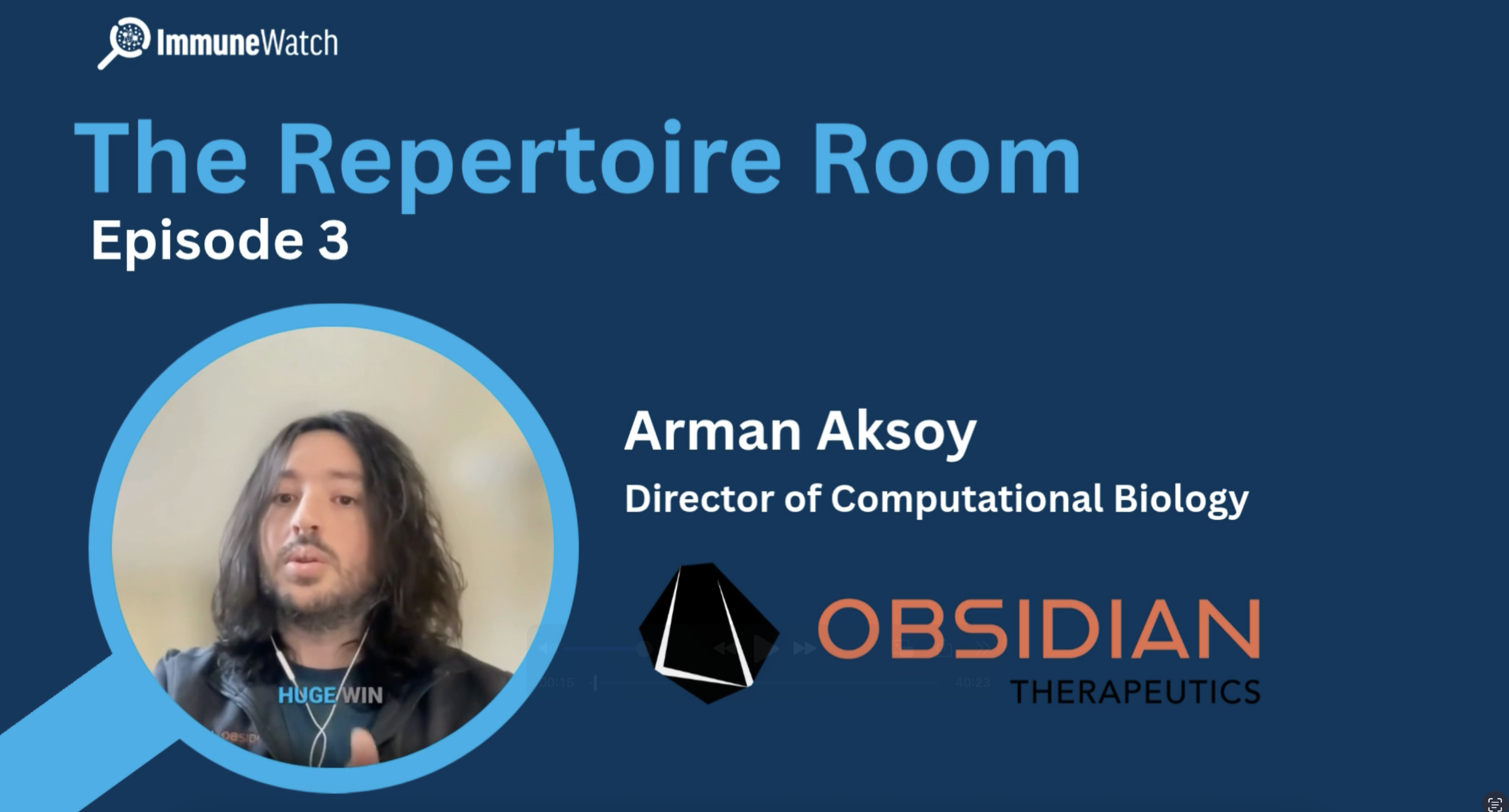ImmuneWatch DETECT Assists in Uncovering the Role of CMV in T-Cell Leukemia
At ImmuneWatch, we focus on providing researchers with the tools needed to advance the understanding of immune-related diseases. Recently, our DETECT tool played a role in research conducted by Dr. Utpal Davé, Associate Professor at Indiana University School of Medicine, aimed at understanding T-cell large granular lymphocytic leukemia (T-LGL). T-LGL is a rare type of leukemia that primarily affects adults. The disease is associated with severe immune dysfunctions, and understanding its underlying mechanisms, particularly the role of T-cell receptor (TCR) interactions, has been a key challenge for researchers.
How ImmuneWatch DETECT Contributed
Dr. Davé’s research focused on identifying potential antigens that might be driving the disease in T-LGL patients. Using ImmuneWatch’s DETECT tool, his team was able to predict epitope specificity for the TCR clonotypes found in patient samples. DETECT pointed to cytomegalovirus (CMV) antigens as likely targets, suggesting that chronic CMV infection could be contributing to the progression of T-LGL. To confirm these predictions, Dr. Davé’s team labelled the LGL cells with CMV-specific tetramers. The successful labelling validated the role of CMV in the disease’s progression, providing a clear direction for future research and potential therapeutic strategies.
Conclusion
This research highlights how ImmuneWatch's technology can assist in making precise connections between immune responses and disease mechanisms. By enabling detailed analysis of TCR-epitope interactions, ImmuneWatch DETECT offers researchers actionable insights that can guide further studies and the development of targeted treatments.
ImmuneWatch is proud to support researchers like Dr. Davé in their efforts to better understand complex diseases and develop more effective therapies.
Stay up to date
Subscribe to our newsletter to receive useful tips and information.






